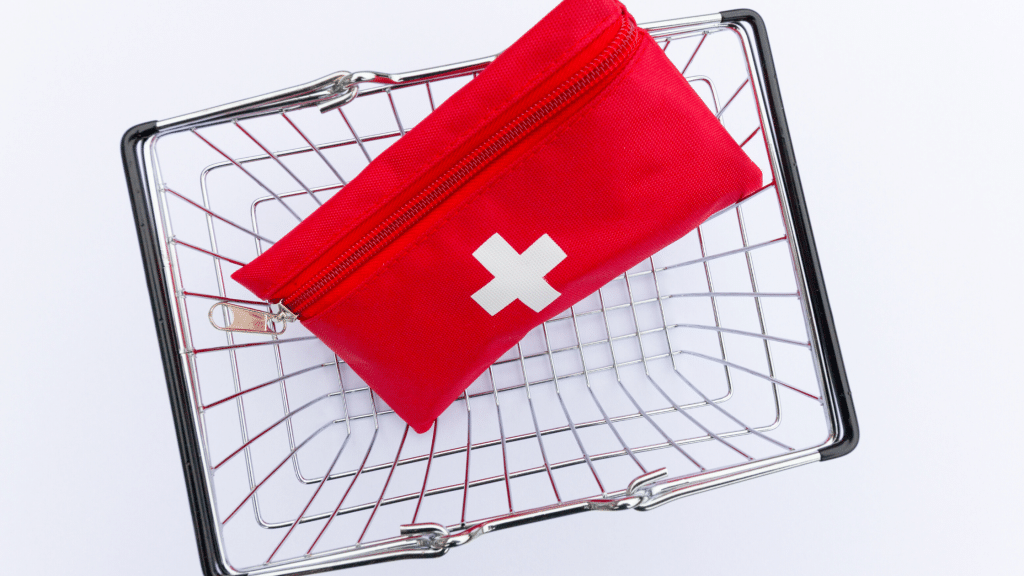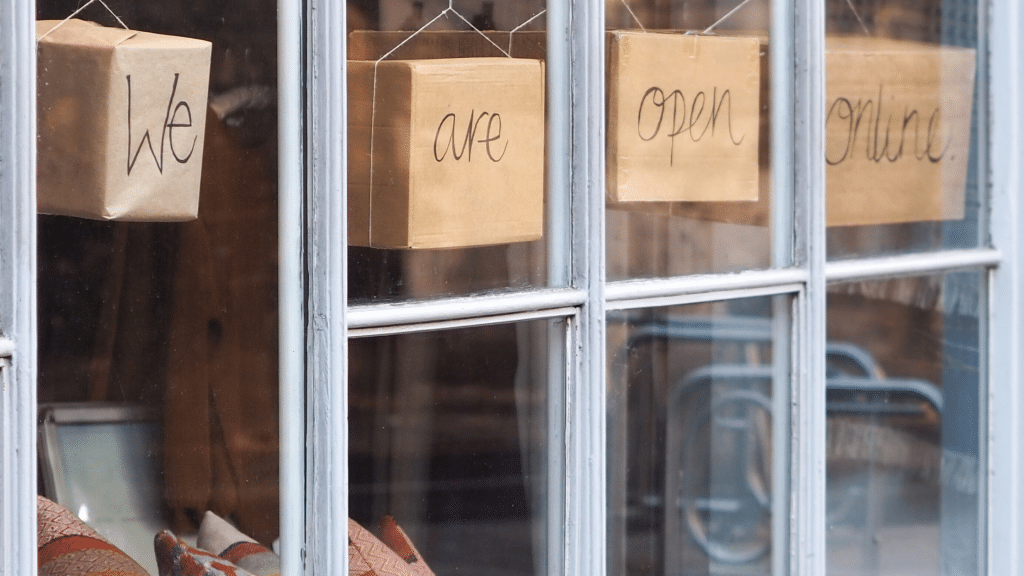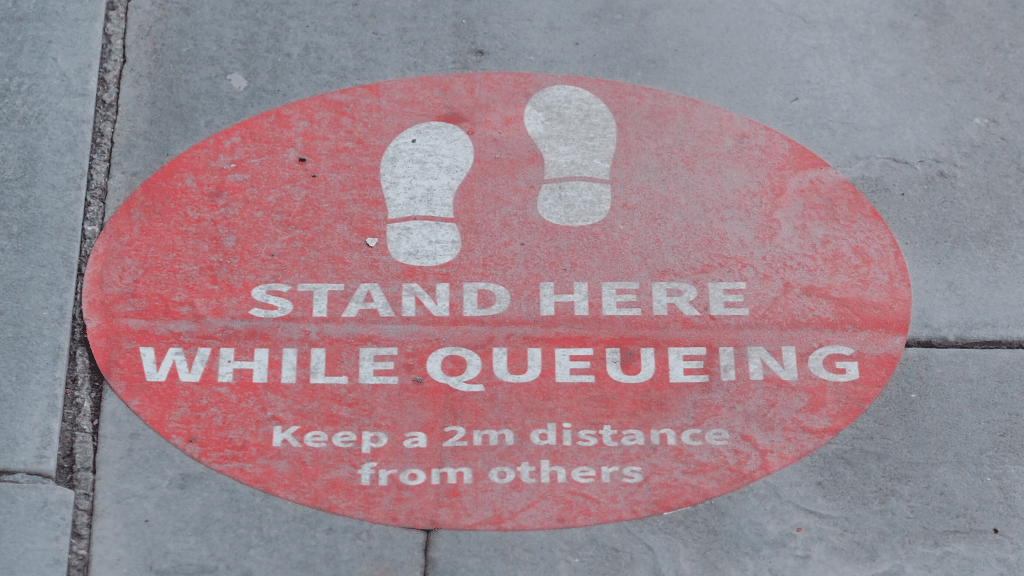
Preparing Your Retail Store for the Future Post COVID-19
As retail businesses slowly begin to re-open, the question everyone is asking is what will be the new normal. It will be critical to consider not only how the pandemic has affected the habits of shoppers, but also what they will be expecting from retailers when they start returning to the physical store. Several key things to consider are:
1) How much of the current change in consumer habits will be permanent
2) How can small businesses adapt for growth post COVID-19
3) The importance of marketing and engaging with customers online
Change in Shopping Habits

With the ongoing uncertainty, there are key categories that will remain important for consumers over the next 6-12 months. Health is the new wealth, and there will be increasing demand for products related to personal care, wellness, and nutrition. After all, “in-homing” may end up being a permanent change for some companies and workplaces. Interior design services and home furnishing businesses have and may continue to experience a growth post COVID-19 as people redesign their living spaces. Categories such as electronics, home and kitchen appliances, media and gaming, toys, sporting goods, DIY, and crafts are expected to be in demand over the long-term.
New Behaviours and Shopper Expectations

Shoppers will not go back to their old ways post COVID-19. Even when safety is no longer a concern, some of the short-term behaviours adopted may become permanent — 29% of shoppers have stated that they are now making online purchases for items they would have previously only purchased in stores. On the other hand, shoppers will also crave that face-to-face human interaction they’ve missed after months of social isolation. This means that the focus should still be on creating a great in-store customer experience if you want to maximize the potential of your store. There will also be new expectations on what a great shopping experience will look like which is why the seamless management of both online and physical shopping is so important during and even after the pandemic. This can be something as simple as being able to handle inventory levels in real-time across all of your sales channels to avoid selling your customers products you don’t have in stock.
Consumers will also be looking at retailers to provide comfort and a sense of well-being post COVID-19 as the current demand for cleanliness is unlikely to go away any time soon. Frequent cleaning and investing in equipment such as hand sanitizer posts, plexi-glass screens, and contactless self-checkout options will be necessary as currently over 85% of US consumers prefer to shop in stores with no-touch options. Investing in new processes and training is also critical to ensure employees follow new procedures to make customers feel comfortable as they shop in physical stores.
Adapting for Long-Term Growth

Many retailers are now focused on trying to apply quick fixes to move online during the pandemic. But this is very different from planning for the “New Normal”, where your business will need the flexibility to serve your customers wherever and however they need to be served. Businesses will also need to consider the higher delivery and labour costs involved with digital commerce, and try to find new ways to up-sell and improve the size of baskets online or encourage curbside pickup in order to increase profitability. Modern retail software platforms such as TAKU support retailers with a single view of all the data across all of your sales devices (checkout tills, mPOS), all of your sales channels (in-store, online, social media, marketplaces), and all of your delivery methods (shipping or pickup). Unifying all of your sales, customer and inventory data will be critical to your being able to react quickly to meet the new expectations of the post COVID-19 shopper.
Importance of Customer Retention

According to a recent report, only 40% of those who used to shop brick & mortar will go back to their normal shopping behaviour when stores re-open. Considering this, retailers will need to find a way to reconnect with their existing best customers as the shopper journey continues to change. Having access to combined historical customer data across all sales channels is important to help businesses recover post COVID-19, both in-store and online. Not only can it help you offer more personalized marketing to consumers, but knowing who your customer is, and creating a loyal customer database will help provide a direct channel to communicate with core shoppers when you need them most.
Re-Assess your Business to Remain Relevant and Manage Risk

For some retailers, now is also the time to review your business model, and reinvent. Local distilleries, apparel, and home furnishing stores have all adapted to help produce PPE to support frontline workers, and the general public. Meanwhile traditional wholesalers have started selling direct-to-customer. Restaurants have begun selling meal-kits, and creating mini storefronts for essential ingredients. More service-oriented businesses such as beauty salons or after school programs are now offering DIY kits or programs that enable consumers to use their products while in-homing. This type of creativity and resilience helps businesses to broaden their offering, and manage their risk in preparation for the potential second wave when flu season is back again.
As every country is at a different stage of the pandemic cycle, shopper trends will also differ by market. A key opportunity for growth will be to leverage technology that gives you operational flexibility and the ability to sell outside of your current market. With a second wave expected in the fall, and the economic pressures that are already being felt across markets, diversifying and broadening your consumer base online will be essential to managing your business risk locally.
Importance of Marketing

It is critical to continue to connect with your customers and community so they know when and how to support your business, even after your store re-opens. One advantage of marketing during a downturn is that it is now also cheaper for businesses to buy digital advertising. Companies have also rallied together to help small businesses which have struggled to quickly adapt to selling online during this pandemic. Local free marketing platforms such as Support Retail help small businesses by providing consumers with a tool that allows them to easily find local retailers by type, location, or alphabetically. Support Retail also helps provide free social postings for local retailers via its Facebook, Twitter or Instagram pages.
Facebook and Instagram have also introduced new features to help local businesses that have limited marketing budgets to set-up a more effective e-commerce strategy. #supportsmallbusiness hashtag, “support small business” sticker, “business nearby” feature, and business messenger inbox are just some of the tools developed to help users rally around local retailers. These tools enable small businesses to reach their audience online, and also run focused campaigns to local communities at a lower cost.
Follow our blog for more retail tips and strategies.
In the meantime, sign up for early access to TAKU Retail POS here.

